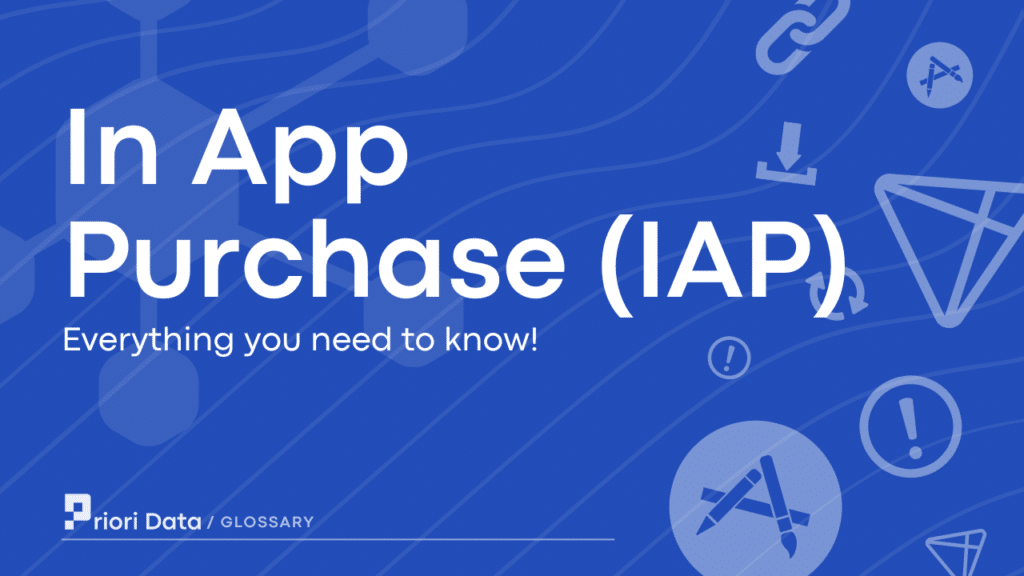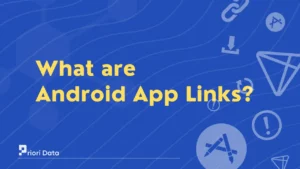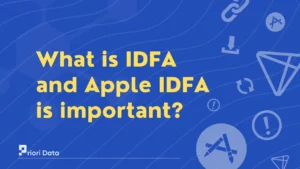In-app purchases have revolutionized the way apps generate revenue and have provided app developers with an alternative source of income. According to recent data, in-app purchases account for nearly 80% of all app revenue generated on the App Store.
In this blog post, we will dive into the world of in-app purchases and explore its types, benefits, and challenges. So if this is something your want to know, stick with us till the end of the article.
What Does IAP Mean?

In-app purchases are transactions made within an application for buying virtual goods, premium features, or subscriptions. These can range from a one-time payment to unlock specific features to recurring monthly or annual fees for access to exclusive content and services.
For instance, a fitness app might offer a premium monthly subscription that provides access to personalized workout plans, nutrition tracking, and other advanced features.
Types of In-App Purchases (IAP)
Developers can offer their users several different types of in-app purchases to monetize apps. Let’s take a look at each of them one by one:
Premium features: This in-app purchase allows users to unlock advanced or additional features within an app. Usually offered by editing and weather apps.
Virtual goods: In this type of in-app purchase, you can buy items or currency within an app. Common in gaming apps.
Subscriptions: This in-app purchase allows users to access exclusive content or services within an app on a recurring basis. Offered by streaming and fitness apps.
Unlockable content: This in-app purchase allows users to unlock additional content within an app. For example, new levels, characters, or storylines. Mostly offered by games but also used in educational or productivity apps.
Benefits of In-App Purchase
Now that we know the types of in-app purchases let’s take a look at the benefit they offer:
Convenience: In-app purchases provide users with a convenient way to enhance the app experience without leaving the app.
Personalization: In-app purchases personalize the user’s app experience by unlocking new features, virtual goods, or subscribing to premium services.
Increased engagement: By offering in-app purchases, developers can encourage users to spend more time in their app and become more engaged with its content and features.
Benefits for Developers
Monetization: In-app purchases offer app developers an additional source of revenue from the app, which can help them offset the cost of app development and marketing.
Flexibility: Through In-app purchases, developers get the flexibility to monetize their app in a way that works best for them, whether it’s through a one-time fee, recurring subscription, or through virtual goods.
Easy to implement: In-app purchases are easy to implement and manage, making it simple for developers to start monetizing their apps.
Recurring revenue: App developers can have recurring revenue through subscriptions, as users are charged monthly or yearly to access premium content or services.
Challenges of In-App Purchase
While in-app purchases offer several benefits, they also present some challenges that app developers need to be aware of:
User adoption: One of app developer’s biggest challenges is getting users to make in-app purchases, as most users are hesitant to spend money on virtual goods or premium features within an app. To overcome this, developers need to offer great value in their in-app purchases and make the buying process as simple as possible.
User experience: If in-app purchases are not implemented properly, they can impact the overall user experience. For example, if in-app purchases keep popping up on the screen while the users are using the app, it may turn them off and damage the app’s reputation. Therefore, developers must keep a balance between monetizing their apps and providing a positive user experience.
Fraud and security: In-app purchases can sometimes be vulnerable to fraud. Thus, app developers need to protect their user’s information and transactions. This can be done by implementing secure payment systems and fraud detection tools to prevent unauthorized purchases.
Technical issues: Implementing in-app purchases can be technically challenging, especially for developers who are not familiar with the process. Hence, developers need to be capable of troubleshooting technical issues that may arise, such as failed purchases or incorrect billing.
User confusion: Some users may have a hard time understanding how an in-app purchase works, which can result in confusion and frustration. To prevent this, developers need to provide clear explanations and guidelines for in-app purchases within the app.






